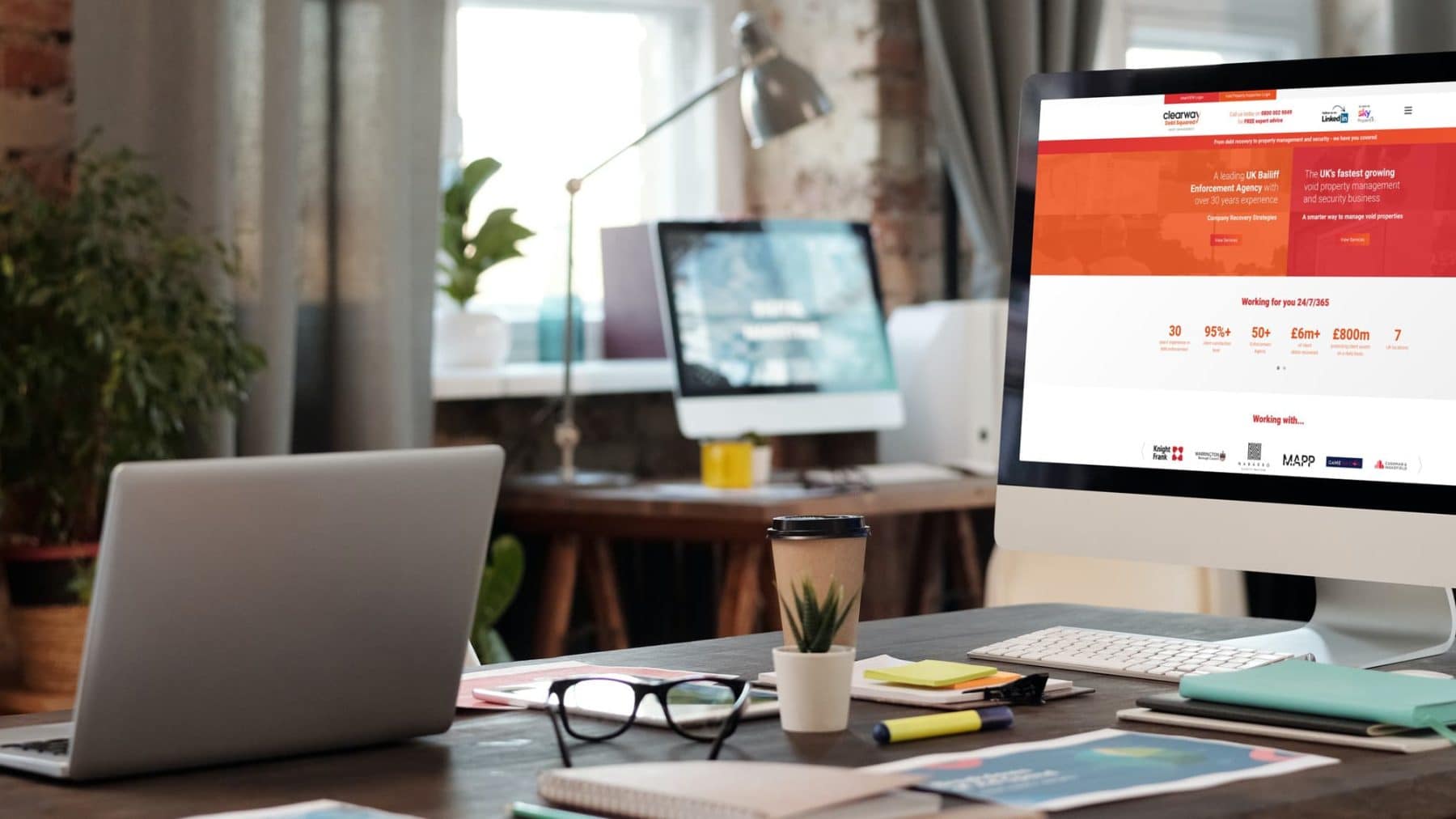Usability is a crucial aspect of web design, as it ensures that users can easily navigate and interact with a website. A website that is easy to use will result in a better user experience, which can lead to increased engagement, conversions, and customer satisfaction. In this blog post, we will explore some effective tips for usability in web design.
First and foremost, it is important to keep the website’s layout simple and easy to navigate. The layout should be consistent throughout the website, with a clear and intuitive navigation menu. The website’s main sections and pages should be easily accessible from the homepage. This will make it easy for users to find what they are looking for and increase the chances of them staying on the website longer.
Another important aspect of usability is the use of clear and concise language. The content on the website should be easy to read and understand, and the language should be appropriate for the target audience. The use of technical jargon should be avoided, as it can be confusing and off-putting for users. Additionally, it’s important to use headings, bullet points and short paragraphs to make the content easy to scan.
It’s also important to ensure that the website is optimised for different devices. With the increasing use of mobile devices, it is important to ensure that the website is mobile-friendly and responsive. This means that the website should automatically adjust to different screen sizes and resolutions, providing a consistent user experience across all devices.
Another aspect of usability is the website’s loading speed. A slow-loading website can be frustrating for users and may result in them leaving the website. To ensure that the website loads quickly, it’s important to optimize images, reduce code bloat and use a content delivery network (CDN). Additionally, it’s important to include a search function on the website, as it allows users to easily find what they are looking for. The search function should be prominently displayed and easy to use, with a simple and clear interface.
Lastly, it’s important to ensure that the website is accessible to all users, including those with disabilities. This means that the website should be designed in such a way that it can be easily navigated by users who rely on assistive technologies, such as screen readers. This can be achieved by using proper semantic structure, alt tags, and ARIA attributes.
If you have a project that you’d like to discuss with us, then get in touch today for an informal chat with a member of our team. We’re on hand to help you and your business grow online.

